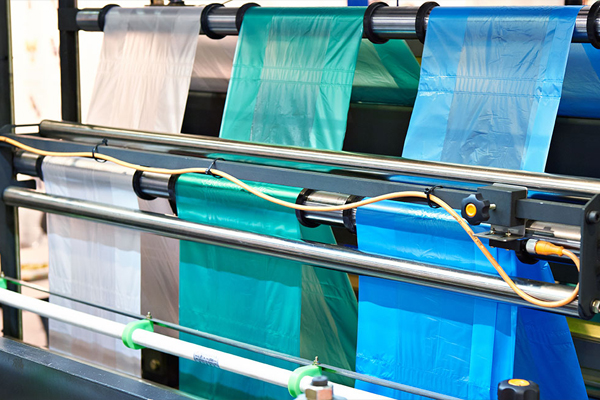Request A Quote

1. Production Speed
Ultrasonic Lace Machine:
Working Principle: Ultrasonic lace machines convert high-frequency energy into thermal energy through ultrasonic vibrations, allowing for rapid cutting and welding of materials. This rapid energy transfer significantly reduces processing time.
Case Studies: Some manufacturers report that ultrasonic machines can complete twice the workload of traditional machines in the same amount of time, especially when producing long strips of lace.
Traditional Lace Making Machine:
Mechanical Dependence: Traditional machines rely on mechanical movement, which typically requires a longer time to complete the production of each piece of lace, and process switching and adjustments also consume time.
Limiting Factors: Many traditional machines rely on manual operation during operation, requiring operators to make multiple adjustments, which affects the overall production speed.
2. Production Capacity
Ultrasonic Lace Machine:
High Output: The use of ultrasonic technology significantly improves production capacity. Many factories have reported a production increase of over 50% after adopting ultrasonic technology. This means that more lace can be produced in the same amount of time.
Suitable for Mass Production: For products with high demand, ultrasonic lace machines can meet market demand with higher output and support mass production.
Traditional Lace Making Machine:
Multiple Processes: Traditional machines require multiple processes, including cutting, sewing, etc., and the time consumption of each step reduces the overall production capacity.
Difficulty in Small-Batch Production: When faced with rapidly changing market demand, the production capacity of traditional machines is difficult to adjust quickly, resulting in the inability to introduce new products in a timely manner.
3. Design Flexibility
Ultrasonic Lace Machine:
Quick Design Switching: Ultrasonic lace machines can quickly switch between different designs without the need for cumbersome equipment adjustments. Operators only need simple settings to start new lace production.
Responding to Market Changes: This flexibility allows manufacturers to respond to market demand changes in a timely manner, launching a diversified product line and thereby enhancing competitiveness.
Traditional Lace Making Machine:
Time-Consuming Adjustments: Traditional machines typically require replacing tools and adjusting equipment when switching between different designs, a process that can take several hours, reducing production flexibility.
Design Limitations: The diversity of designs is limited by the adaptability of the machine, and many traditional machines can only produce specific styles of lace, making it difficult to meet personalized needs.

4. Material Handling Capability
Ultrasonic Lace Machine:
Versatility in Materials: Ultrasonic lace machines can handle various types of materials, such as thin fabrics, elastic materials, and composite materials, with strong adaptability. Its precise processing capabilities make the production of complex materials easy.
Market Demand: As the fashion industry's demand for material diversity increases, ultrasonic technology can help manufacturers meet these needs and expand product categories.
Traditional Lace Making Machine:
Material Limitations: Traditional machines typically have poor adaptability to materials, especially when dealing with complex and special materials, they may not be able to achieve the desired results.
Production Limitations: This limitation restricts manufacturers from experimenting with new materials, reducing the possibility of product innovation.
5. Failure Rate and Downtime
Ultrasonic Lace Machine:
Technical Stability: Due to the use of modern ultrasonic technology, the failure rate is relatively low, allowing for longer continuous production and reducing downtime caused by equipment failures.
Easy Maintenance: Ultrasonic equipment is usually designed for easy maintenance, reducing production interruptions caused by improper maintenance.
Traditional Lace Making Machine:
High Failure Rate: The mechanical components of traditional machines are more prone to wear and tear, and require regular maintenance and calibration, resulting in a higher failure rate.
Downtime Cost: Equipment failures often lead to longer downtime, increasing production costs and affecting overall efficiency.
Copyright © ChangZhou AoHeng Machinery Co., Ltd. All Rights Reserved

 English
English 中文简体
中文简体 русский
русский Español
Español